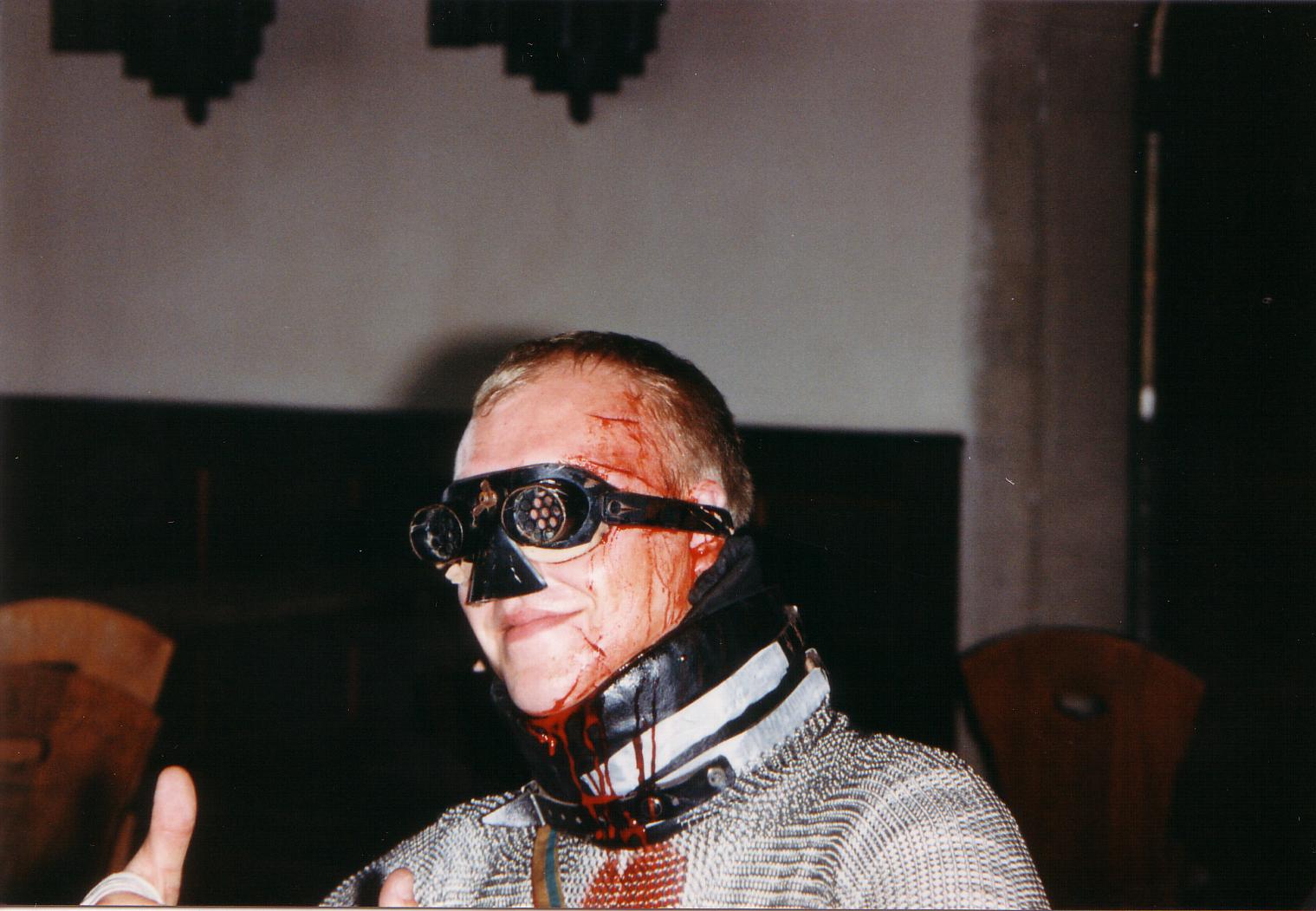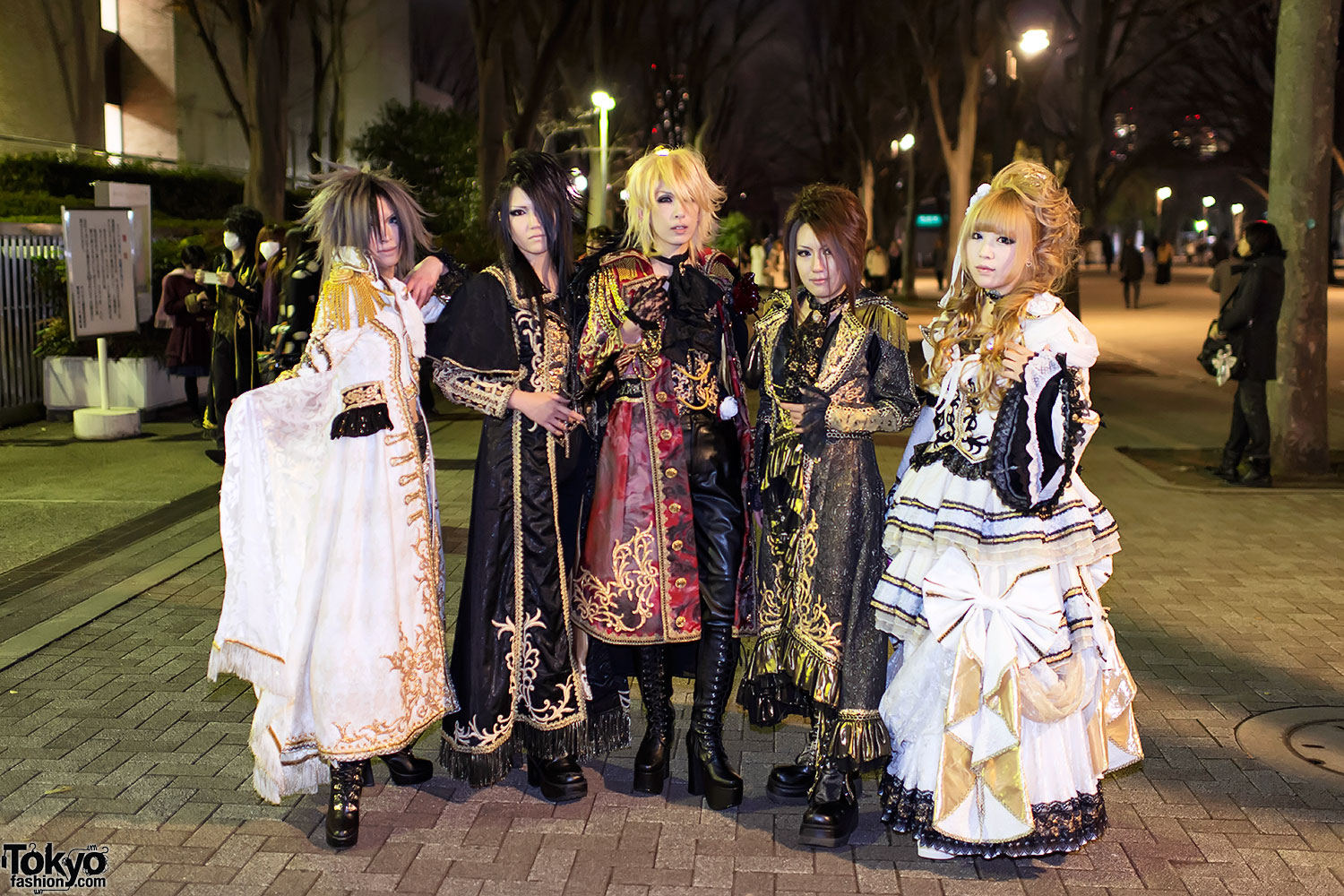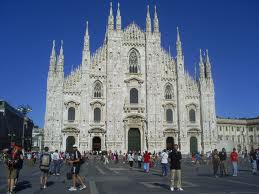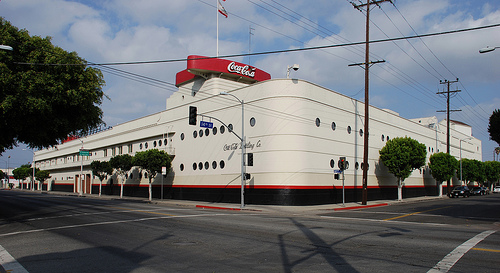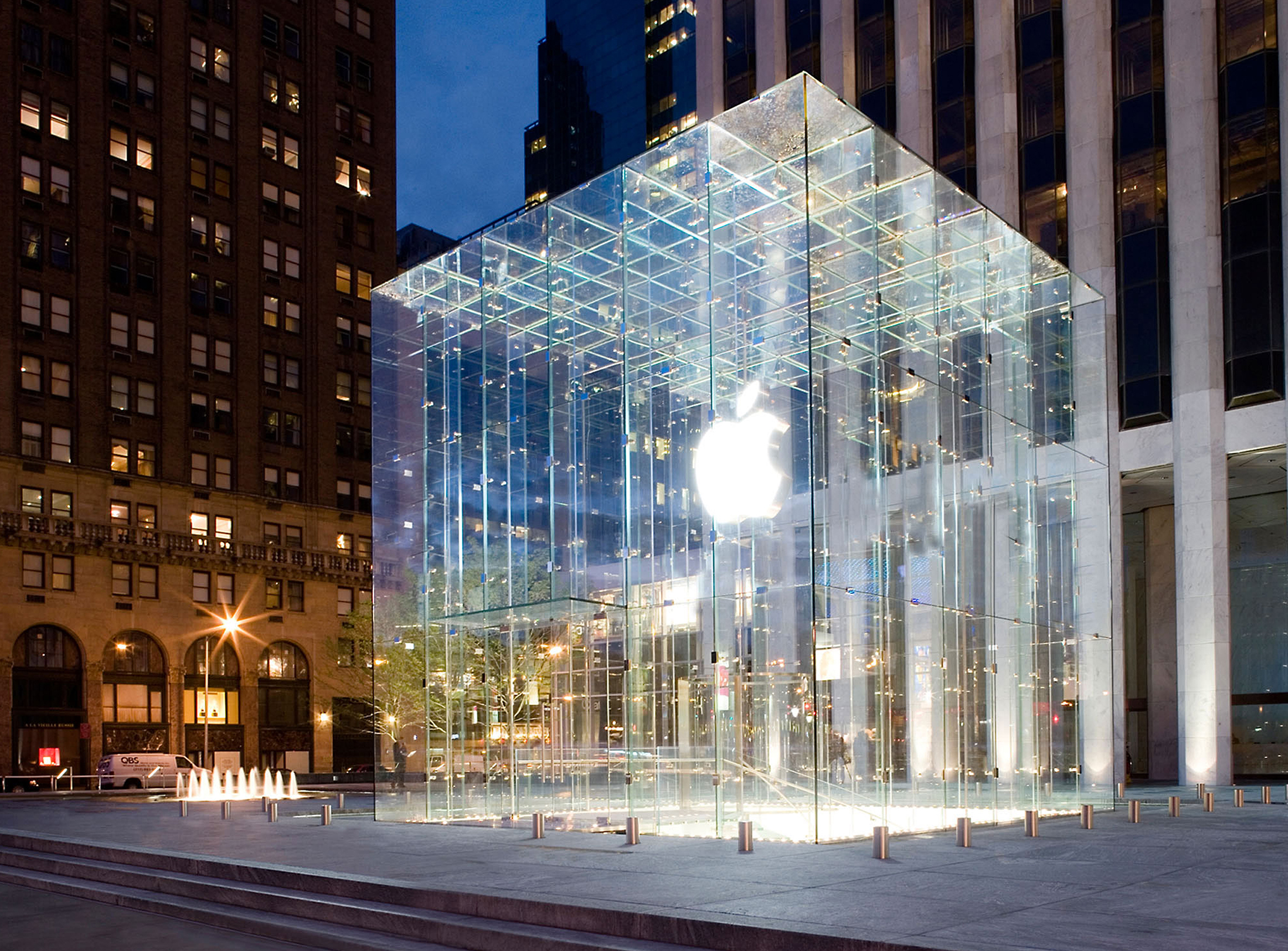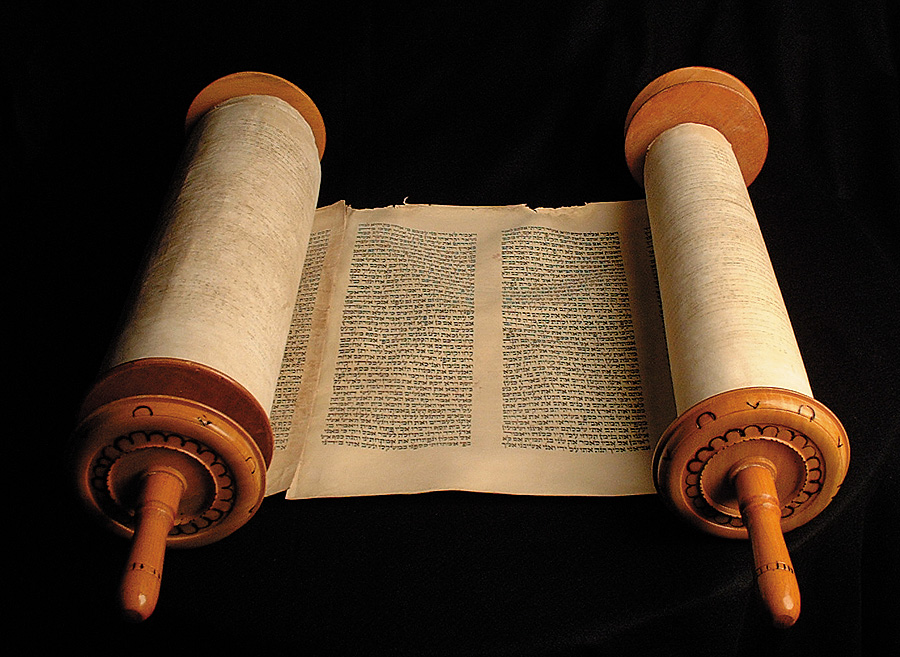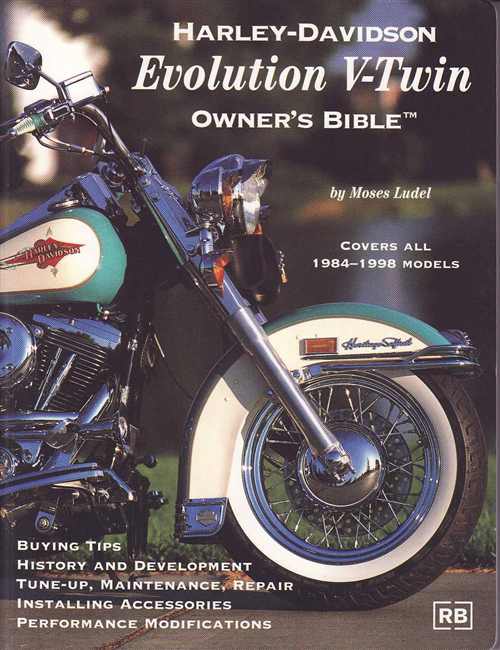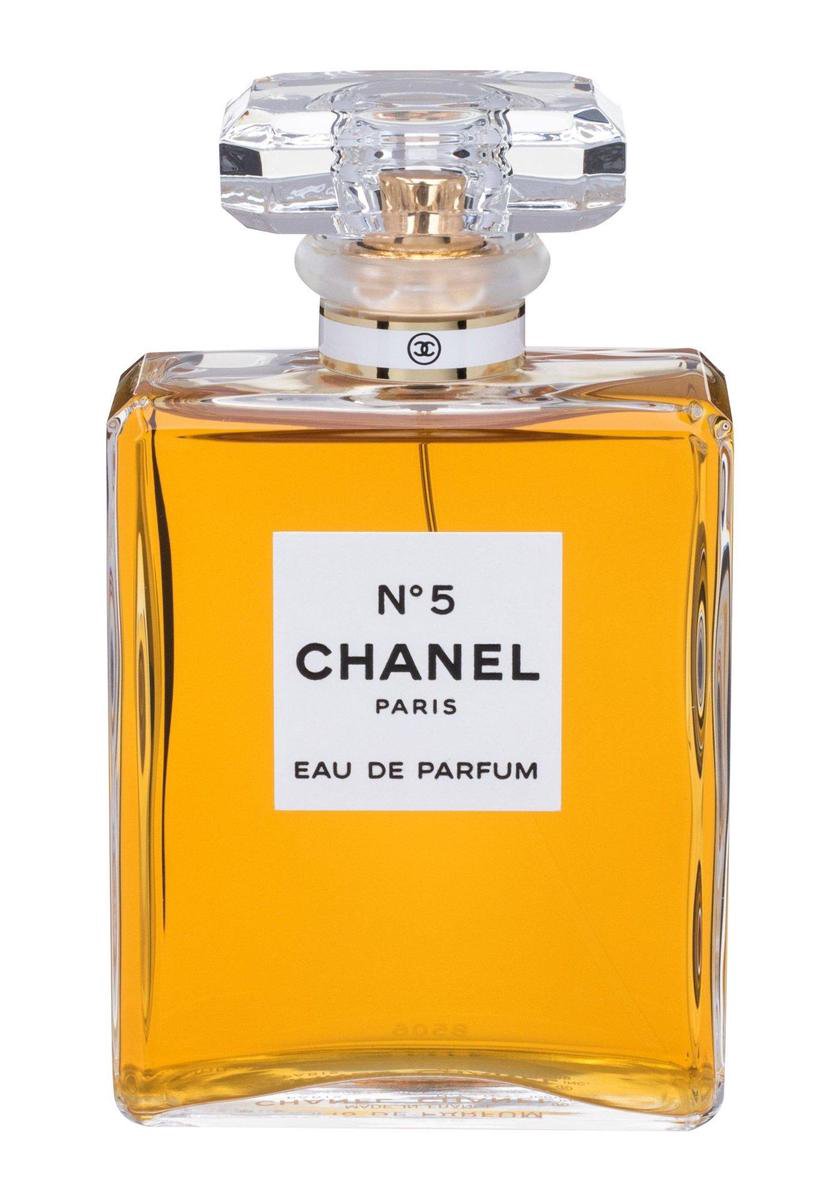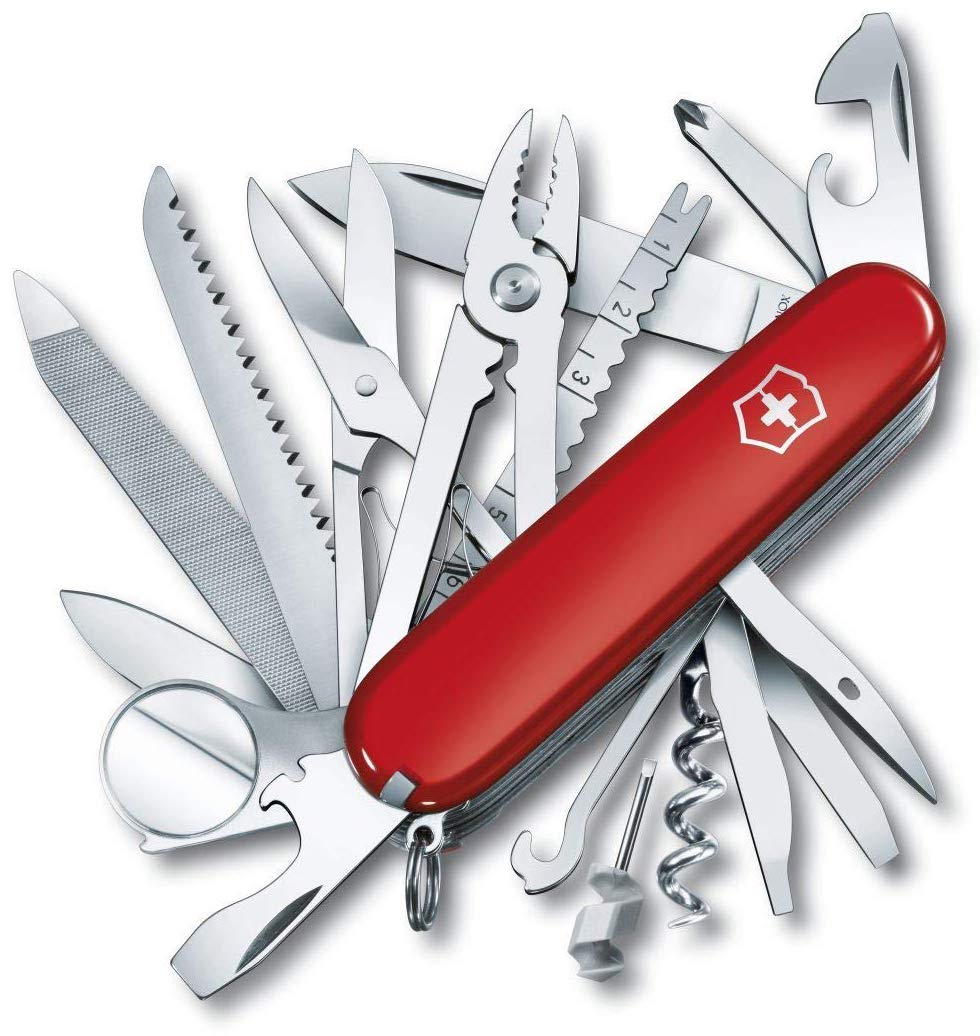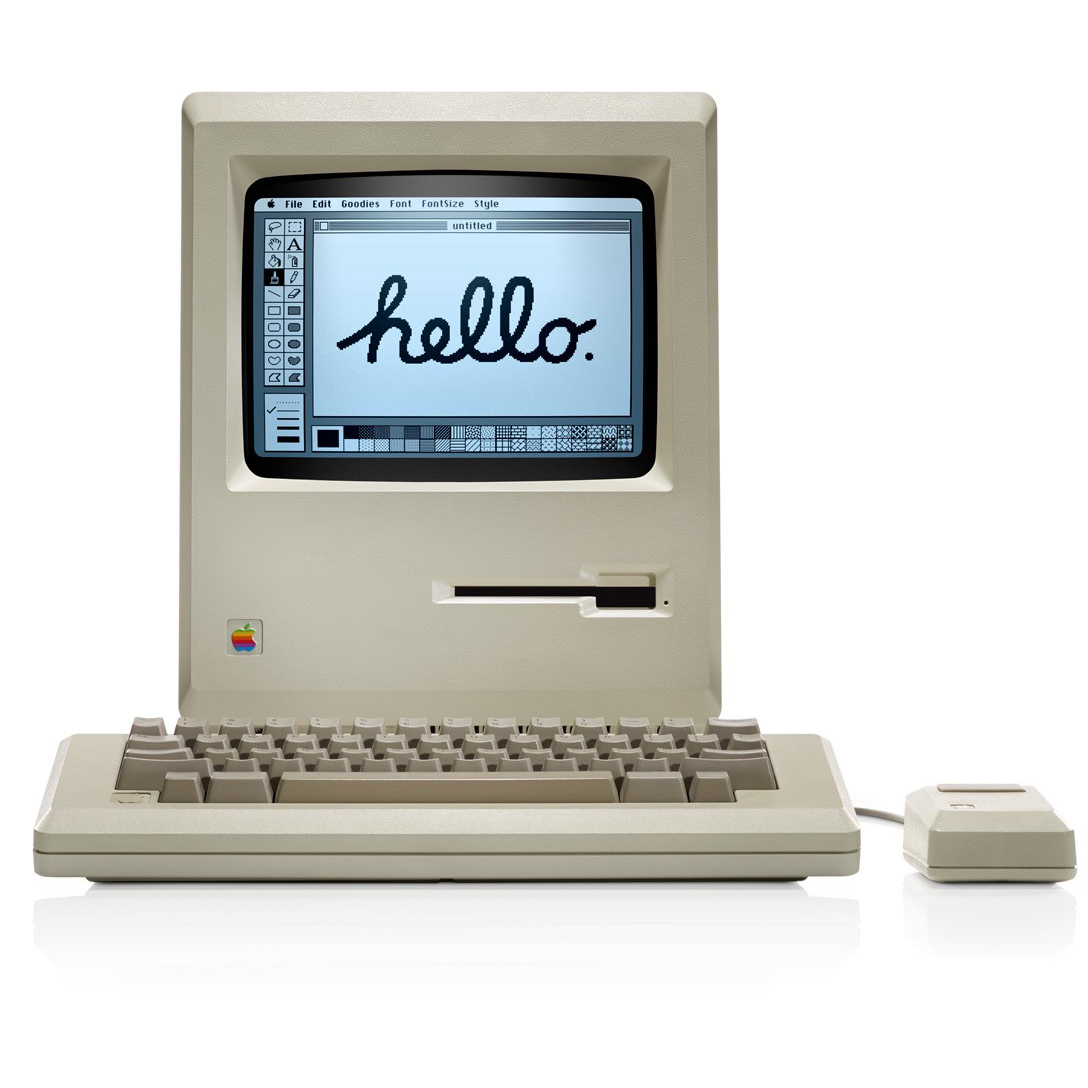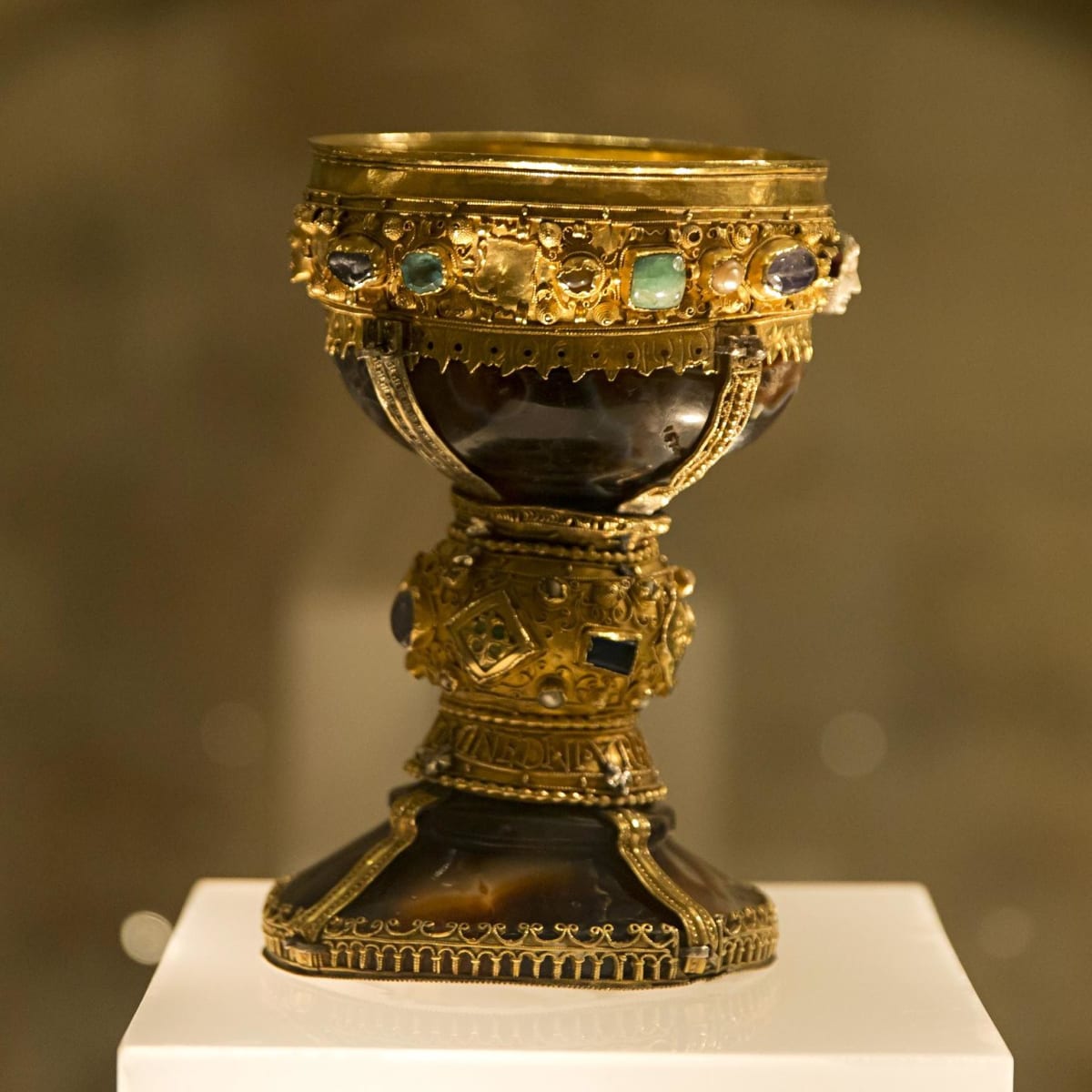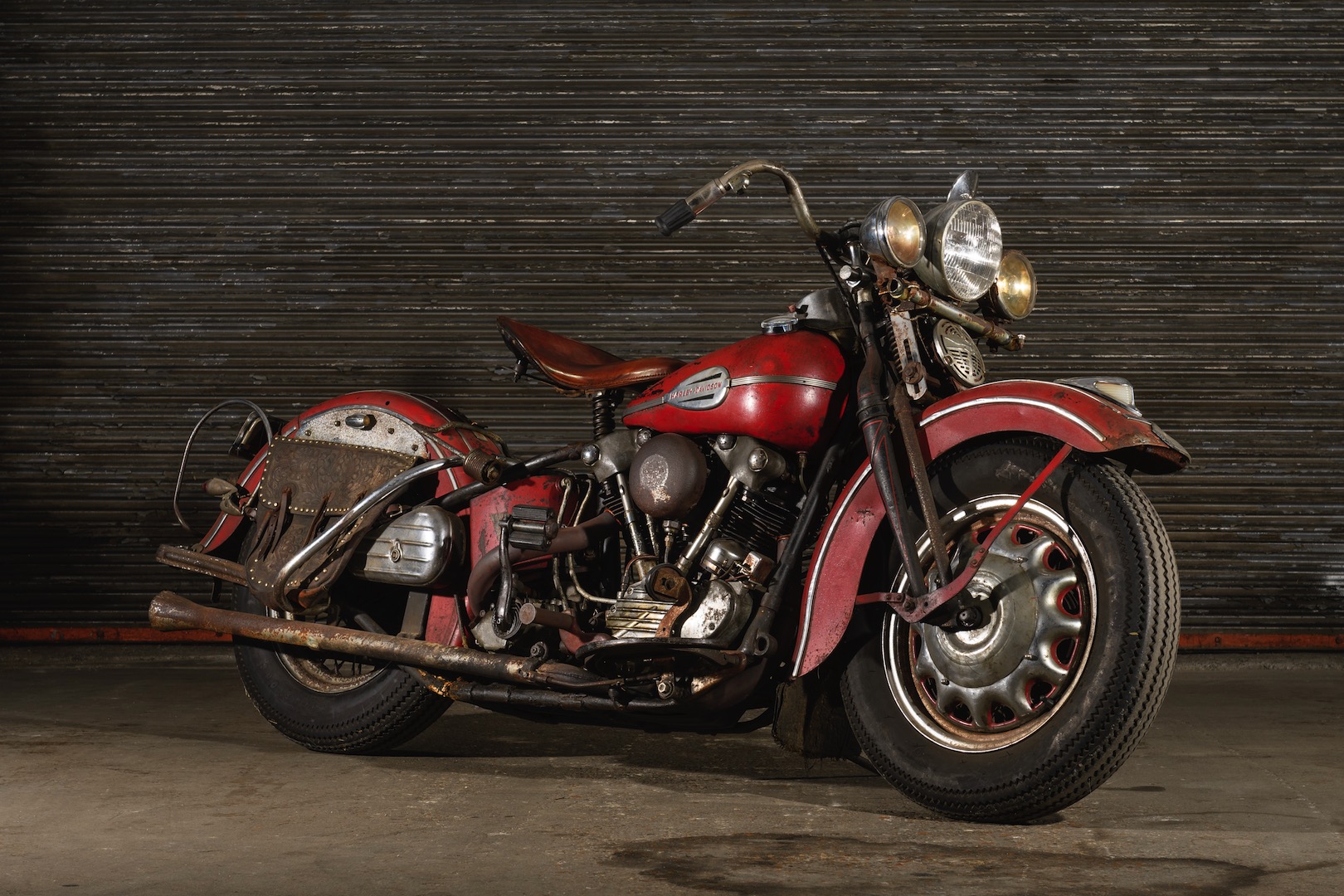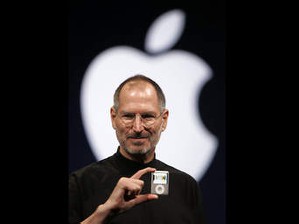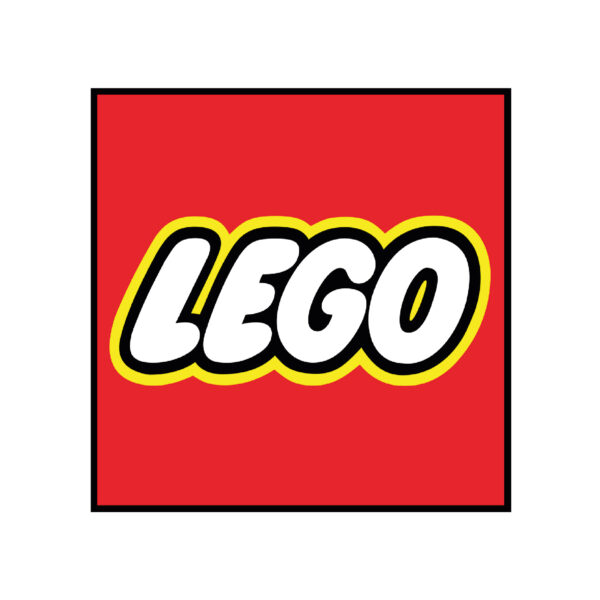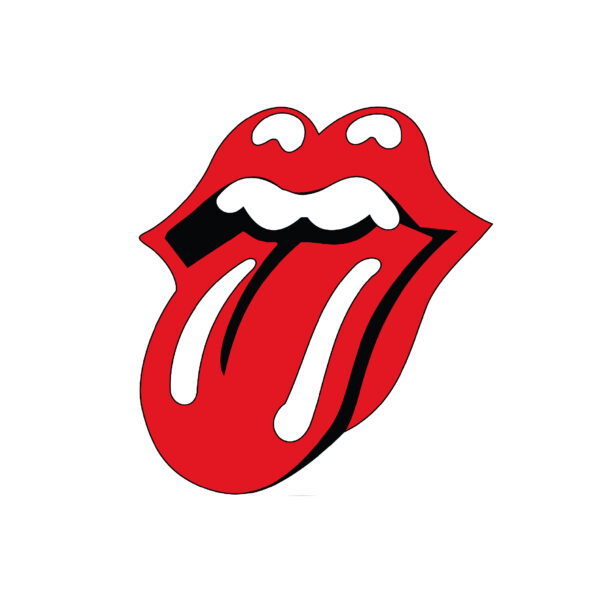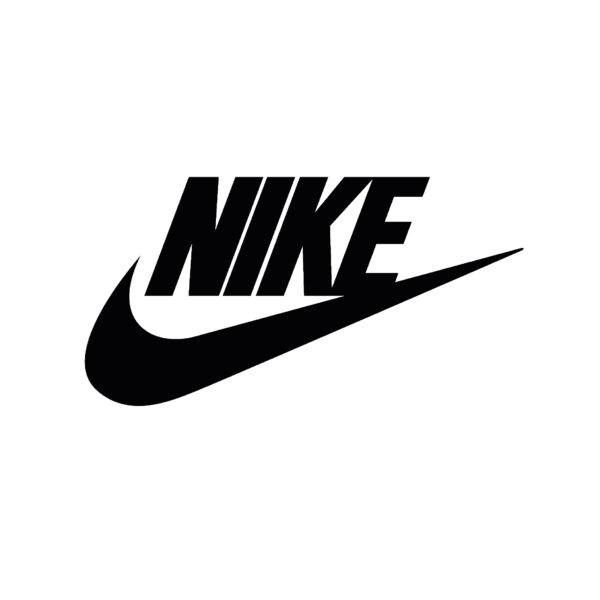The Faces of Faith
If religions would be brands, what could brands learn from religions?
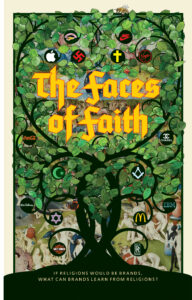 This book, under construction is about design, marketing and branding.
This book, under construction is about design, marketing and branding.
What is design and what should it look like in order to market products successfully.
Brand’s promises of perpetual improvements and sustainable and happy life, are made to believe without actual proof of fullfilment. Religions have excelled in selling intangible commodities over thousands of years. More recently marketers have learned, and feel more and more inspired by religions while marketing brands and products. Although designers have not picked up on this, they have, consciously or unconsciously, been designing products and brands with various spiritual undertones. The apple of Apple is certainly the most convincing example.
Design, marketing and branding can be very convincing. It can make people believe almost anything. From the innocent promise that aging can be stopped with creamy liquids to the need for total war with devastating consequences. Design, marketing and branding of promises can be convincing enough to make products of devotion and the consumer a believer in the faith. Comparing religions with brands and consumers with believers, surprising discoveries make us wonder how and why the mind reacts to multi sensory experiences.
What makes a brand tick?
Interbrand was the most respected brand watcher of the 20th century. Selection was based on criteria like turnover, profit, shareholder value etc. In this first decade of the 21st century, the results of neuroschience has shifted selection criteria around in favour of spiritual and religious connotations. Research made it clear that religious experiences where not so much different from some brand experiences. Religion becomes a source of inspiration and according to Martin Lindstrom, the author of ‘Buy-ology, truth and lies why we buy’, can be influential in the way brands are build. Consequently, if religions are regarded as serious brands, then the brands arena may show a totally different field of competition of winners and losers.
Every strong brand, be it fashion or faith, have some things in common. Here are the more common qualities.


